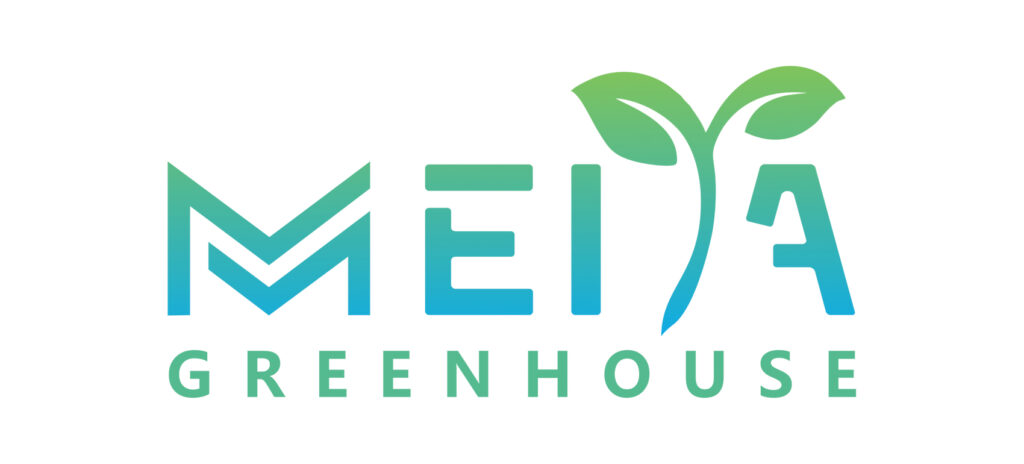For most of the year, natural light levels are below optimal for most crops. All the extra light that comes into the greenhouse helps improve yield and quality.
Photosynthesis is the name of a complex series of processes, however, these processes can be easily summarized as “plants making sugars from carbon dioxide and water”. These sugars then become nutrients for the plant. This process requires energy, and sunlight and/or artificial light can provide this energy.
The question then becomes, which of these three is the limiting factor for the photosynthetic process? Generally speaking, there is enough water in the greenhouse. This means that CO2 levels and light levels are the determining factors. The principle of these two factors is that the more levels within a certain level, the better. Also, the closer you get to this upper level, the more the yield increase will level off.
More light in the greenhouse
In periods of low light – late fall, winter and early spring – light is the limiting factor. Adding more light to a greenhouse basically always pays off, either through supplemental lighting or by using a coating on top of the greenhouse that increases light incidence.
The condition is that the greenhouse air must contain enough carbon dioxide. When the ventilation windows are open, some CO2 is lost and then the CO2 level may drop, even to the point where its level becomes a growth limiting factor. This is why more light does not always achieve the desired effect. The CO2 dose and the light level must always be in balance.
The balance of light and temperature
In addition, there is another key factor here: temperature. Light level determines the amount of sugar that can be made. Temperature determines the demand for sugar by all growing plants. Supply and demand must be balanced. For example, if the sugar production becomes too high compared to the demand, it may slow down photosynthesis.
When there is more light, the temperature must be moderately high; if it is too high, the plant’s respiration rate increases too much. Respiration is the process by which some sugars are “burned” to obtain energy for the crop’s own recovery. This is necessary to repair damage and aging. When temperatures are too high compared to light levels, potential yields are actually being lost. However, controlling the balance of light and temperature is no easy task, and while computational models can provide indications, it is part of the grower’s professional craft.
Humidity
In contrast, the humidity in greenhouse air has little effect on photosynthesis. Under very dry or very humid conditions, the stomata tend to close. As a result, plants take up less and less carbon dioxide. The humidity in a greenhouse is rarely so high that the plant is no longer able to evaporate and therefore close its stomata. Even at very high humidity levels, the humidity inside the leaf cavity is higher, and the difference between the two is the driving factor for evaporation. High humidity is usually less of a threat to photosynthesis than one might think. For active climates in greenhouses, growers may be forced to open ventilation windows to remove some moisture. We will always have to find the best balance between greenhouse climate, light and CO2.
“Free” sunlight
A little extra light in winter can have a real impact. For traditional late fall vegetable planting dates, you will find that growth only really starts in the spring when light increases. When light levels are low, all that extra sunlight is very welcome. And, it’s still free.









